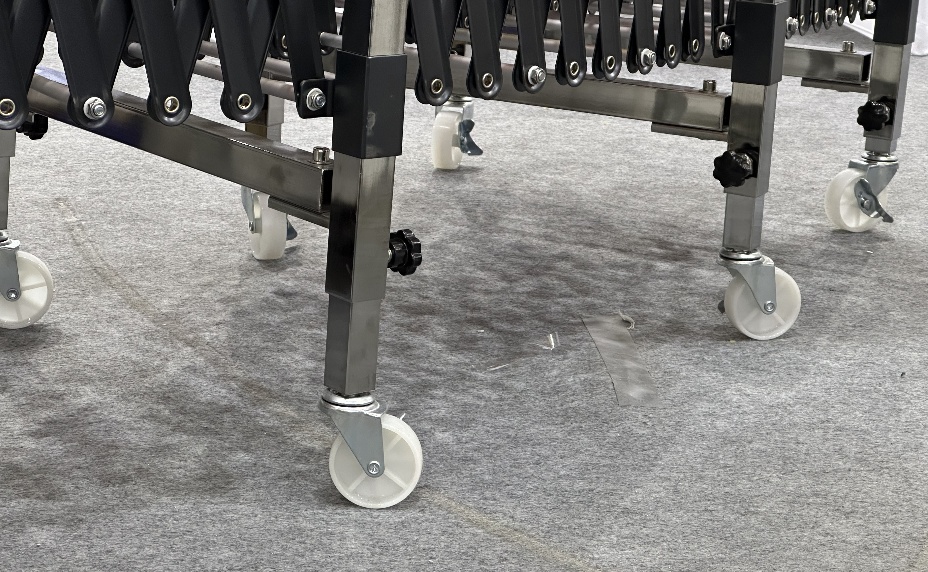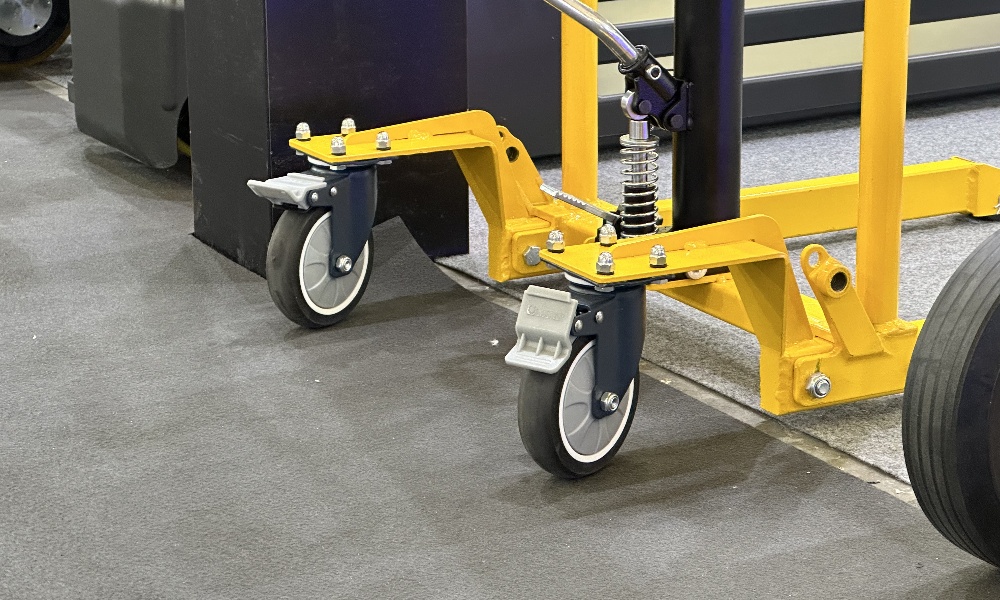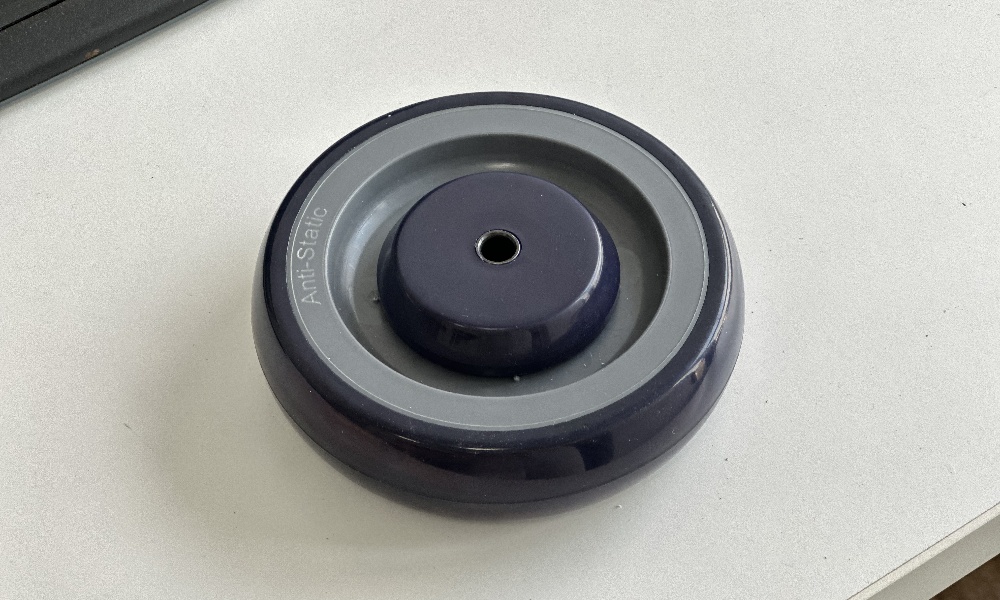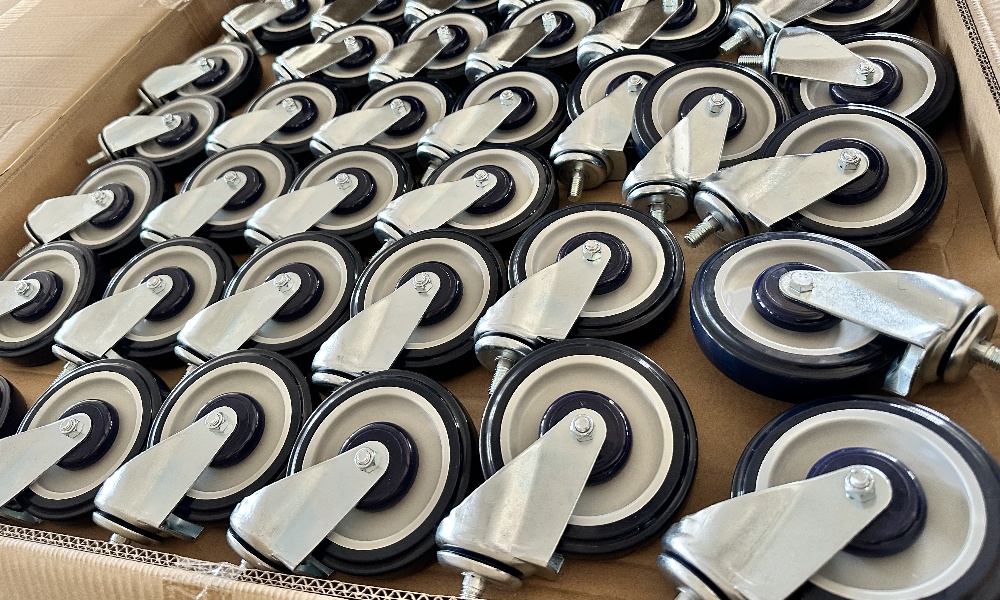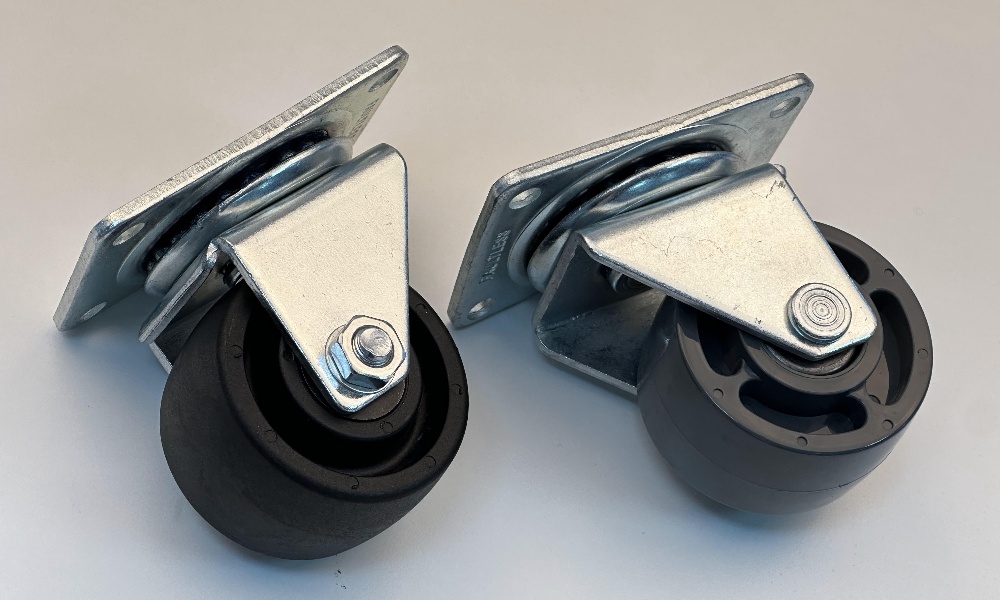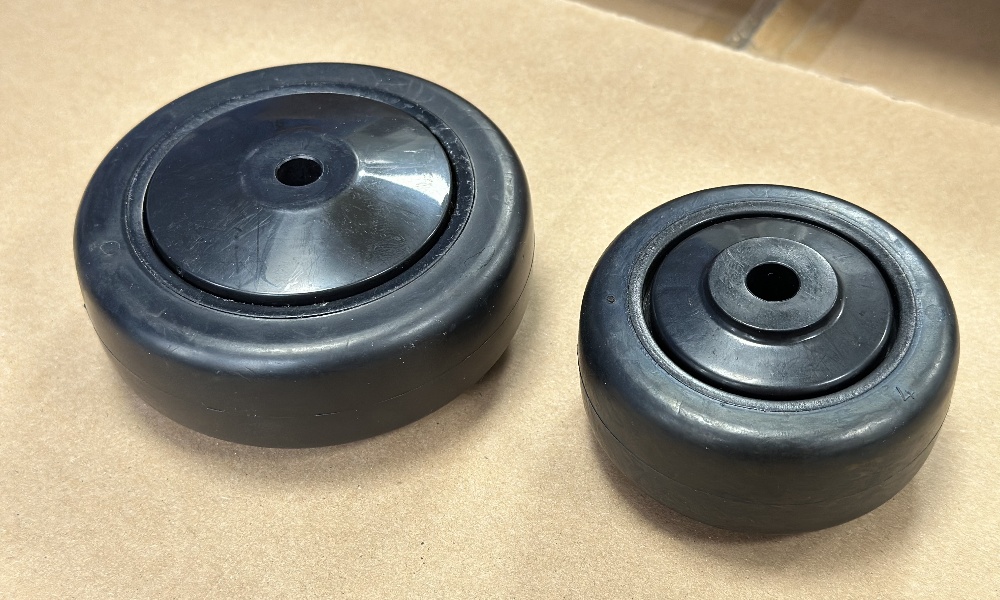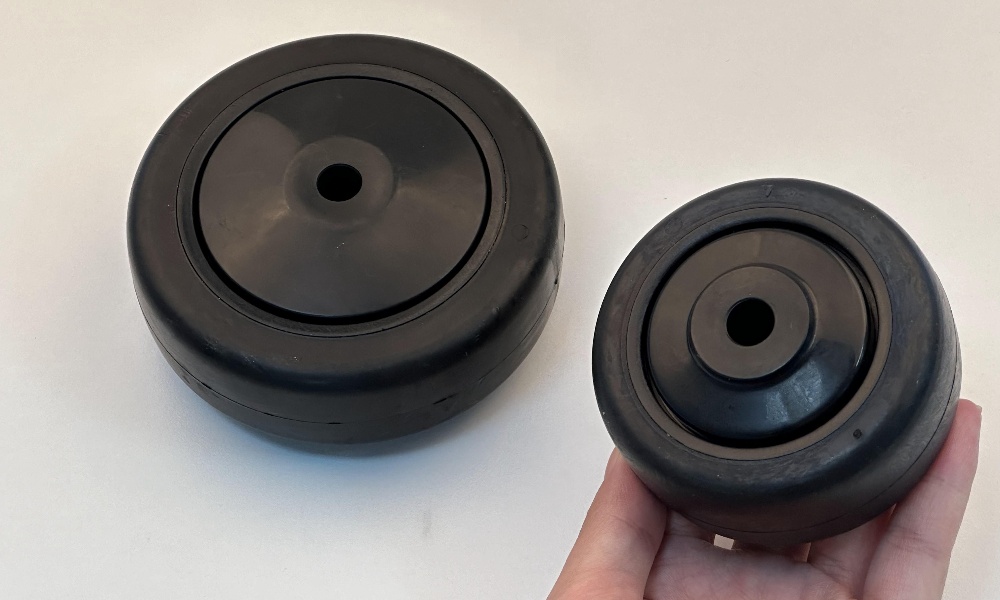Understanding Industrial Caster Wheels
Explore the role of industrial caster wheels in various industries. Learn why heavy-duty caster wheels are essential for durability and stability, and discover the manufacturing process behind these essential components.
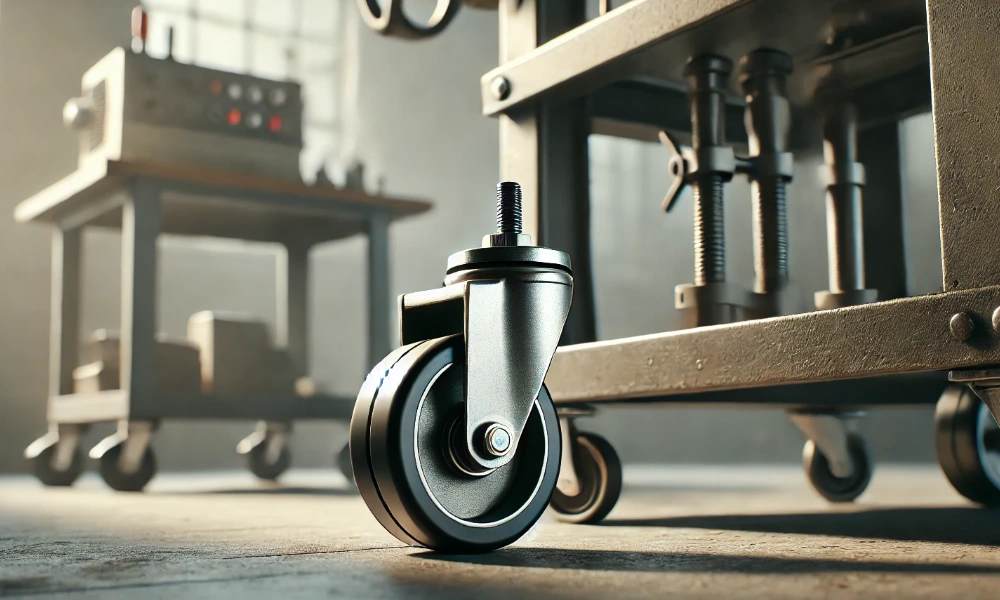
What is an Industrial Caster Wheel?
An industrial caster wheel is a wheel designed specifically for heavy-duty applications in industrial settings. These wheels are often used on carts, trolleys, workbenches, and other equipment that need to be moved easily and safely across floors.
Industrial caster wheels are built to withstand significant weight loads and are typically made from materials like rubber, polyurethane, steel, or nylon to provide durability and stability. They can be attached to various types of mounting systems, including fixed or swivel casters, depending on the needs of the application. The main purpose of industrial caster wheels is to make heavy loads easier to move, offering mobility and flexibility in warehouses, factories, and distribution centers.
What is the Importance of Heavy Duty Caster Wheels?
Heavy-duty caster wheels play a crucial role in industrial environments, where equipment is often large, bulky, or heavily loaded.
Their importance lies in their ability to support heavy weight without compromising the performance or safety of the equipment. These casters are designed to handle higher weight capacities than standard casters, often ranging from hundreds to thousands of pounds. Their durability ensures they can operate smoothly on uneven surfaces, reducing the risk of equipment damage and enhancing operational efficiency. Heavy-duty casters also help prevent wear and tear on the floor, as they are built to distribute weight evenly and provide smooth rolling. They are essential for moving large machinery, equipment, and materials, making them indispensable in heavy industries such as manufacturing, logistics, and construction.
How is a Heavy-Duty Caster Wheel Manufactured?
The manufacturing of heavy-duty caster wheels is a precise and meticulous process. It begins with selecting the appropriate materials based on the intended application. High-quality steel is often used for the wheel’s core to provide strength, while the outer layer might be made from rubber, polyurethane, or a combination of materials for shock absorption and durability.
-
Design and Engineering: The caster wheel design is first drafted by engineers, considering the weight load, surface compatibility, and type of movement required (fixed or swivel). Advanced CAD (Computer-Aided Design) software is used to create detailed prototypes that are tested for strength and durability.
-
Material Selection: Once the design is finalized, raw materials are sourced. Steel and other metals are used for the frame, while the wheels are made from materials like polyurethane or rubber to withstand the stress of heavy loads.
-
Wheel Production: For the wheels themselves, the process typically involves molding or casting. In some cases, the metal core of the wheel is cast or welded before being encased in the outer material. The molding process involves pouring hot rubber or polyurethane into molds, which are then cooled and hardened.
-
Assembly: After the wheels are produced, they are mounted onto a metal bracket or plate, which is then fitted with bearings to ensure smooth rotation. The casters may also be equipped with additional features like brakes, swivel locks, or directional guides, depending on their intended use.
-
Quality Control and Testing: Finally, each caster wheel undergoes rigorous testing for weight capacity, movement smoothness, and overall durability. These tests simulate real-world conditions to ensure that the wheels will perform optimally in industrial settings.
-
Packaging and Distribution: Once the caster wheels have passed quality control, they are packaged and ready for distribution. Depending on the customer’s needs, the casters are shipped as individual units or as part of an assembly for large equipment.


